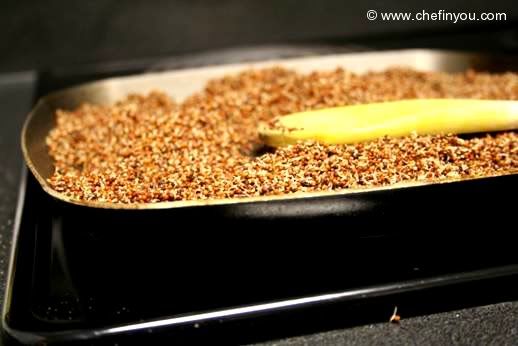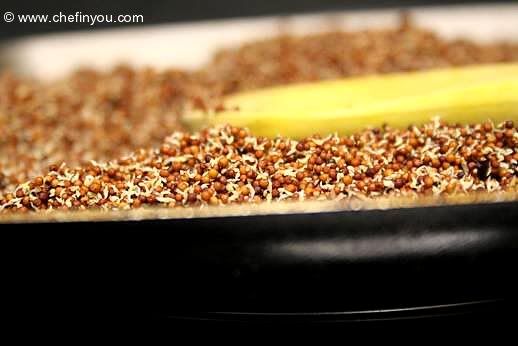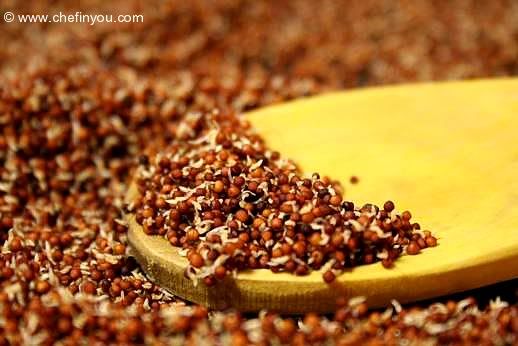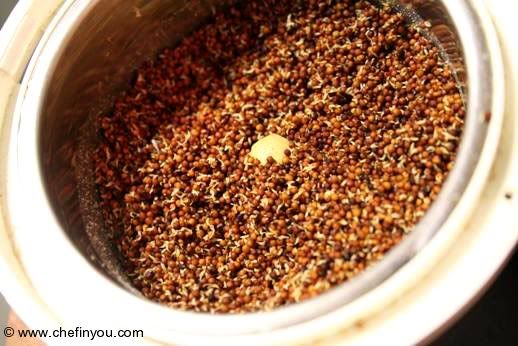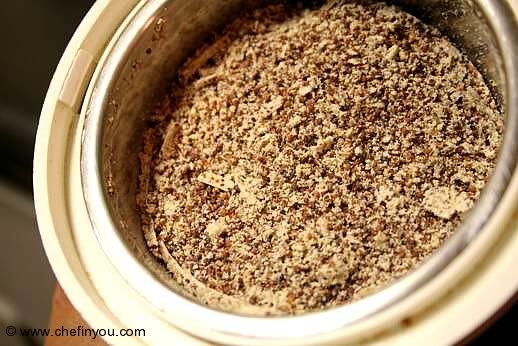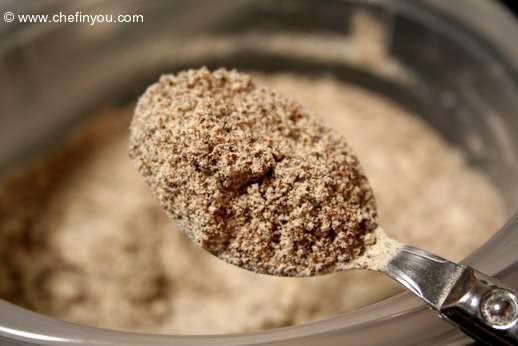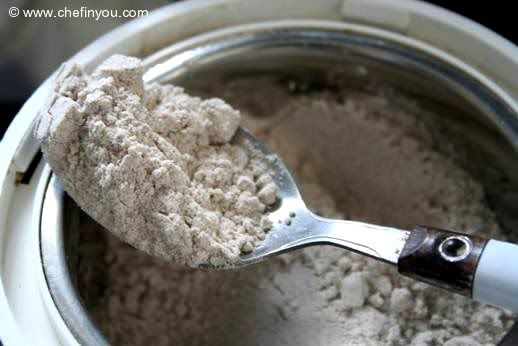Start a Maize Chips Making Business



2 1/4 cups Corn Chips
3/4 cup Salsa Dip
1 tsp chopped green chillies
3 tbsp Sour Cream
3 tbsp grated processed cheese
salt to taste

For the corn chips
How to serve


A corn chip is a snack food made from cornmeal fried in oil or baked, usually in the shape of a small noodle or
scoop. Corn chips are thick, rigid and very crunchy. Corn chips have the strong
aroma and flavor of roasted corn, and are often heavily dusted with salt .Corn chips are a snack food made from corn. The corn is
made into dough and formed into shapes such as scoops or triangles, and then
the corn chips are baked, deep fried, or simply dried.
How to
Make...?
Ingredients
100
gms maize flour (makai ka atta)
50 gms plain flour (maida)
1 tbsp oil
salt to taste
oil for deep-frying
For serving
50 gms plain flour (maida)
1 tbsp oil
salt to taste
oil for deep-frying
For serving
2 1/4 cups Corn Chips
3/4 cup Salsa Dip
1 tsp chopped green chillies
3 tbsp Sour Cream
3 tbsp grated processed cheese
salt to taste
Method

For the corn chips
v Mix the
maize flour and plain flour with 1 tablespoon of oil and salt.
v Make dough
by adding hot water. Knead very well.
v Roll
out the dough into small circles with the help of a little plain flour. Prick lightly
with a fork.
v Deep
fry lightly in oil.
v Remove
from the oil and sprinkle salt while hot.
How to serve
v Arrange
the corn chips in a plate.
v Just
before serving, spread the salsa dip on top and sprinkle the chillies thereon.
v Warm
the cream and cheese together. Add a pinch of salt and spread over the corn
chips.
v Put
under the grill for a few seconds.
v Serve
immediately.
Benefits
Health
Benefits
Corn has gathered a diverse reputation in the U.S. For some
people, corn is a "staple" food that provides the foundation for
tortillas, burritos, or polenta. For others, corn is a "snack" food
that comes in the form of popcorn and corn chips. For still others, corn is a
"special summertime food" that is essential at barbecues and
cookouts. But regardless of its reputation, corn is seldom considered in the
U.S. as a unique source of health benefits. Yet that's exactly what research
results are telling us about this amazing grain.
Antioxidant
Benefits
While it might sound surprising to some people who are used to
thinking about corn as a plain, staple food, or a snack food, or a summertime
party food, corn is actually a unique phytonutrient-rich food that provides us
with well-documented antioxidant benefits. In terms of conventional antioxidant
nutrients, corn is a good source of vitamin C as well as the mineral manganese.
But it is corn's phytonutrients that have taken center stage in the antioxidant
research on corn. When all varieties of corn are considered as a group, the
list of corn's key antioxidant nutrients appears as follows:
Antioxidant
Phytonutrients in Corn
- anthocyanins
- beta-carotene
- caffeic
acid
- coumaric
acid
- ferulic
acid
- lutein
- syringic
acid
- vanillic
acid
- protocatechuic
acid
- zeaxanthin
Digestive Benefits
Anyone who has eaten fresh corn-on-the-cob or freshly popped
popcorn knows how satisfying this food can be to chew. Some of that
satisfaction comes from corn's fiber content. At 4.6 grams of fiber per cup,
corn is a good fiber source, and in research studies, corn intake is often
associated with good overall fiber intake. For example, persons who eat popcorn
tend to have 2-3 times more overall whole grain intake than persons who do not
eat popcorn, and they also tend to have higher overall fiber intake as well.
Corn fiber is one of the keys to its well-documented digestive
benefits. Recent research has shown that corn can support the growth of
friendly bacteria in our large intestine and can also be transformed by these
bacteria into short chain fatty acids, or SCFAs. These SCFAs can supply energy
to our intestinal cells and thereby help lower our risk of intestinal problems,
including our risk of colon cancer. The amount of corn fiber analyzed in recent
studies has been relatively high at 12 grams per day. That's the same amount
provided by about 2.5 cups of fresh corn. While that amount might be more than
any person would consume in a single meal, it's an amount that a person might
easily eat over the course of several days. We suspect that future research
will demonstrate the risk-reducing effects of smaller amounts of corn consumed
over a longer period of time.
Blood
Sugar Benefits
Given its good fiber content, its ability to provide many
B-complex vitamins including vitamins B1, B5 and folic acid, and its notable
protein content (about 5-6 grams per cup), corn is a food that would be
expected to provide blood sugar benefits. Fiber and protein are key
macronutrients for stabilizing the passage of food through our digestive tract.
Sufficient fiber and protein content in a food helps prevent too rapid or too
slow digestion of that food. By evening out the pace of digestion, protein and
fiber also help prevent too rapid or too slow uptake of sugar from the
digestive tract up into the bloodstream. Once the uptake of sugar is steadied,
it is easier to avoid sudden spikes or drops in blood sugar.
Consumption of corn in ordinary amounts of 1-2 cups has been shown
to be associated with better blood sugar control in both type 1 and type 2
diabetes. Fasting glucose and fasting insulin levels have been used to verify
these blood sugar benefits. Interestingly, in elementary school-age and teenage
youths already diagnosed with type 1 diabetes, whole grain cornbread has
emerged in one study as the whole grain food with the highest acceptability
among all whole grain foods. Youth participants in the study who consumed whole
grain cornbread were also less likely to consume fast foods.
Other
Benefits
In countries outside of the U.S., numerous studies have examined
the ability of corn to improve overall nourishment, especially when combined
with legumes. Researchers conducting these studies have been interested in
absorption of minerals like zinc, calcium and iron, as well as overall energy and
protein intake. Maize (corn)-bean meals (typically consumed in the form of
porridge that combines these foods) have been shown to help improve overall
nutrient status and to help provide outstanding nutrient richness in the diet.
One fascinating new area of research on corn involves its
potential anti-HIV activity. Lectins are special proteins found in virtually
all foods (and for that matter, in virtually all organisms) that can bind onto
carbohydrates or onto carbohydrate receptors that are found on cell membranes.
In the case of some micro-organisms (including the HIV virus), the binding of
lectins onto sugars has been shown to help inhibit activity of the virus. One
specific lectin found in corn (called GNAmaize) has preliminarily been shown to
possess this HIV-inhibiting property. Of course, much more research is needed
to determine the relationship between everyday consumption of corn as a whole
food and HIV infection risk.
|
Corn
1.00 cup 149.00 grams 143.04 calories |
||||
|
Nutrient
|
Amount
|
DV
(%) |
Nutrient
Density |
World's Healthiest
Foods Rating |
|
fiber
|
3.58 g
|
14.3
|
1.8
|
good
|
|
vitamin
C
|
8.20 mg
|
13.7
|
1.7
|
good
|
|
vitamin
B3
|
2.51 mg
|
12.5
|
1.6
|
good
|
|
manganese
|
0.25 mg
|
12.5
|
1.6
|
good
|
|
vitamin
B5
|
1.18 mg
|
11.8
|
1.5
|
good
|
Mallabhum Agri Biotech Pvt. Ltd.
Address : 1/A, Bipin Ganguly Road,Dum Dum-700030, West Bengal, INDIA
|
Phone: 91-33-65344656
Mobile: +919831113681
Fax: 91-33-65344656
Akansha Food Products
|
Category : Corn Chips Manufacturers India
|
|
Address : 1143, Hari Phatak,Mhow-453441, Madhya Pradesh, INDIA
Phone : 91-7324-270001
Mobile : +919826161733 Fax : 91-7324-275396
|

